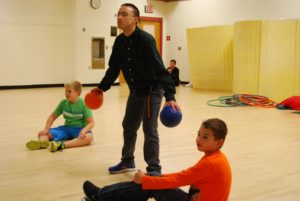Thrive is Planning for the Future
“We know that the earlier you reach a child with a disability, and his or her family, the more impact you can have on their lives,” shared Thrive President and CEO Michael Rodrigues. For that reason, Thrive has focused efforts on reaching children with disabilities earlier by keeping children engaged after school.
Two years ago, when Thrive started Kids’ Club and Thrive After School Community (TASC), we realized that continuing social and educational interaction for those with developmental challenges after the school day

ended is essential. “What we saw were many children heading straight home after school and not having the opportunity to connect with their peers on a social level as other children often do,” stated Director of Youth Services Caitlin Devaney-Fortwengler. Born from those after-school initiatives, Thrive has developed a ten-year plan to identify unmet needs in the youth and young adult communities, and create cutting-edge programs to address those needs.
“With the plan in the process of being finalized, we are hoping to start rolling out some of the ideas as soon as this spring,” reported President & CEO Mike Rodrigues. First up, expanding Thrive’s existing programs. “There are families we have not yet reached with our offerings. By making these programs more accessible to people across Metrowest, we are expecting to have a greater impact with more families immediately,” stated Rodrigues.
Looking out ten years, the plan is to have a state-of-the-art Family Support Center where families and their children can access the help they need and connect with others. A sampling of programs that may be a result of the ten-year plan are weekend social activities, initiatives for children age 6-10, help with 22 year old transitioning, weekend and weeknight respite services, and offerings for young adults over 22 with an autism spectrum disorder.
